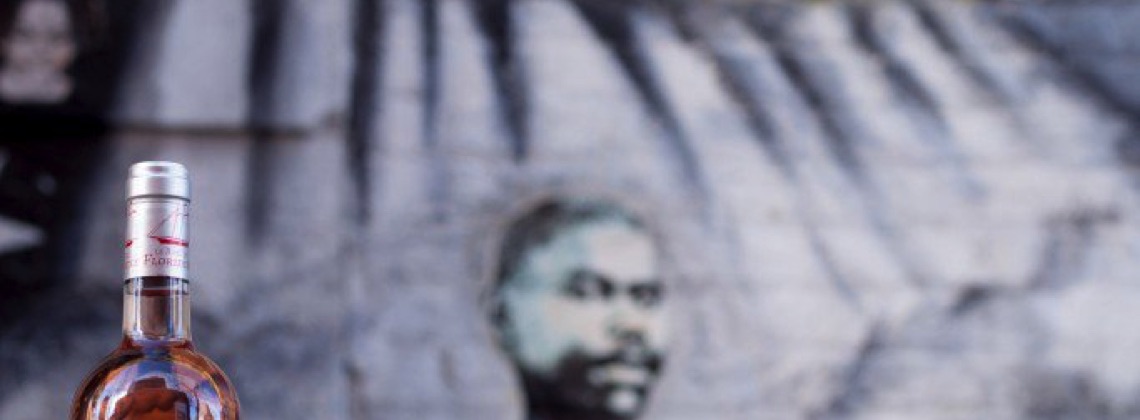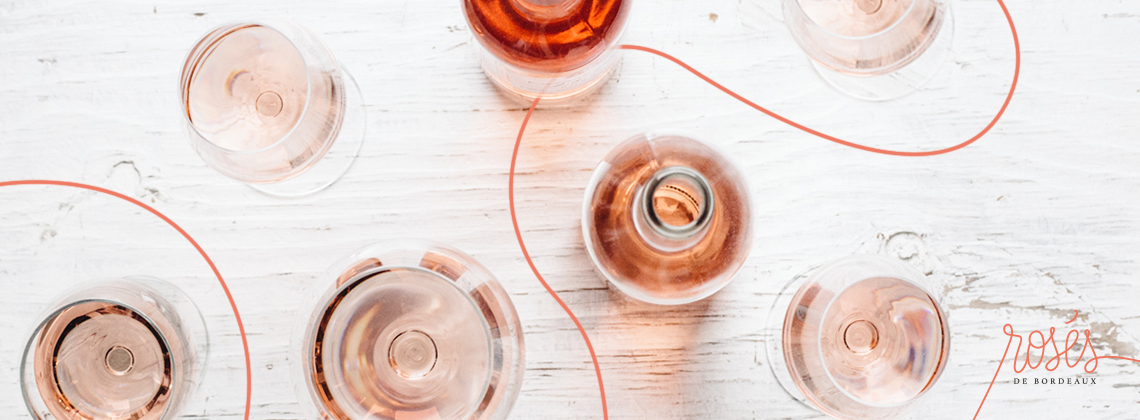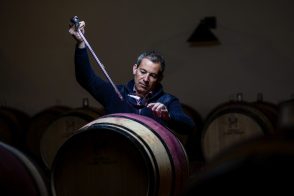Meet Stéphane Wagrez, a bold contemporary Sauternes
Stéphane Wagrez joined the wine industry after carrying out several professions, including training as an accountant. Stéphane developed an interest for the wine industry while he was making wine deliveries for clients and working as a salesperson for different properties.
However, he lacked the technical background needed to work in the wine industry. He therefore decided to take a one-year training course at the School of Viticulture and Oenology of La Tour Blanche, before doing internships and working on an 8-hectare estate located 300 metres from his home in Barsac: at the Château La Bouade which produces sweet white wines. Stéphane takes care of the vines, does the harvest and works in the winery.
In 2009, the Pauly family placed two new managers at the head of the family property: Stéphane Wagrez (winemaker at the Château since 2005) and his friend, Olivier Fargues (Sauternes head of cultivation since 2000).

A new momentum
“I have always wanted to make Sauternes. It was the first wine I ever tasted when I was roughly 18 years old. I immediately fell in love with it. Nowadays, as I’m responsible for the wine production, I try to respect the traditions, the know-how and the nature of winemaking, while innovating to ensure the Sauternes wines are perfectly adapted to suit the lifestyle and the modern needs of buyers.”
Today, the vineyard extends over 20ha and the Château has truly found its identity. The two young partners invested a lot into the renewal of the property. The cultivation of grapes is sustainable and they aim to achieve the High Environmental Value certification. Since the renewal of the Château, the partners have created new wines, modernised the farm and have started searching for a new clientele. But the biggest challenge they took on was to renew the image of sweet wines.

Fun and daring
“When we started doing events, we realised that people had a lot of preconceived ideas. We wanted to do something more fun in order to attract a different clientele, so we began to offer other food and wine pairings, especially aperitifs.”

“The Sémillon grape and the noble rot, which forms on the grapes, inspire me to be creative. With the same grapes, you can make 10 different wines. A bunch of grapes picked early will have a good sugar level and enough acidity to offer a nice balance. A few weeks later, these bunches will be sweeter and more aromatic, bringing other organoleptic qualities to the wine. We harvest our grapes manually by successively sorting botrytised grapes (these are grapes which have been left on the vines until the ‘noble rot’ has caused them to dry out and the sugar within them has concentrated). Then grapes of different plots and at different stages of maturation are combined before being aged entirely or partially in oak barrels. This is how we create contemporary Sauternes, a fresh wine with a slight tartness and a nice aromatic balance.”

The Coccinelle, symbol of sustainable agriculture
“When we took over the estate, we put the vineyards back in order by ripping out old vines and replanting new ones. Regarding the ecosystem, we wanted to do something coherent. We called our new wine ‘Coccinelle’ which means ‘ladybird’, because we work a lot with the predators of the vine including ladybirds.”

To find out more about Bordeaux sweet wines read here and here.



